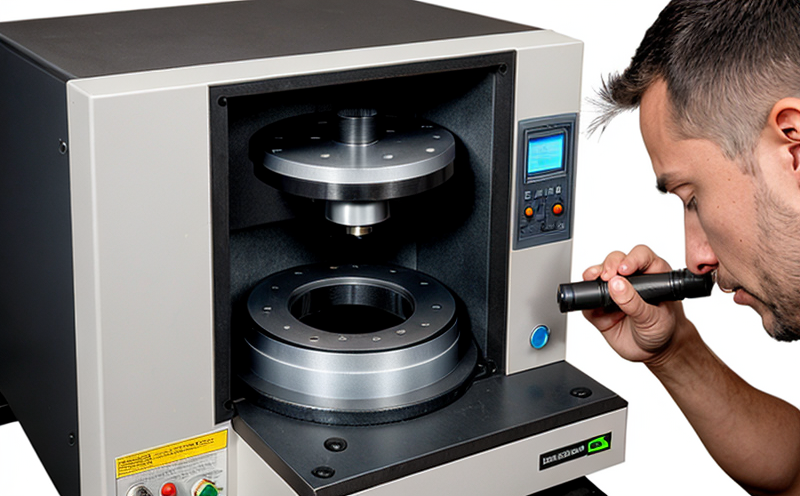ISO 1463 Coating Thickness Measurement by Metallographic Cross Section
The ISO 1463 standard provides a method for measuring coating thickness using metallographic cross sections. This technique is particularly useful in the Additive Manufacturing & 3D Printing sector where thin, precise coatings are often applied to enhance properties such as wear resistance or corrosion protection.
During this process, a small section of the coated material is cut and then polished until a cross-sectional view of the coating is exposed. The coating thickness is then measured using optical microscopy with a resolution that allows for accurate determination down to fractions of micrometers. This method ensures high precision in measuring coatings on complex geometries which are common in 3D printed components.
The standard specifies detailed procedures for sample preparation, including the type and size of specimens required, the grinding and polishing steps necessary to expose the coating interface clearly, and the magnification levels at which measurements should be taken. It also provides guidance on how to account for any variations in the coating due to factors like porosity or texture.
One key advantage of this method is its ability to provide a comprehensive view of the entire thickness profile across different sections of a part, rather than just a single point measurement as with some other methods. This ensures that potential issues such as variations in coating distribution can be identified early in the quality assurance process.
For R&D engineers working on new materials or processes, this technique offers valuable insights into how varying parameters affect the final product. By understanding these effects, they can optimize their designs for both performance and cost efficiency. Compliance officers benefit from knowing that adherence to such standards helps ensure consistent quality across different batches of products.
| Application | Description |
|---|---|
| Additive Manufacturing | Ensuring uniform coatings on parts produced through 3D printing. |
| Metallic Coatings | Evaluating the distribution and thickness of protective layers. |
| Composites | Detecting internal flaws or inconsistencies in composite structures. |
Scope and Methodology
The ISO 1463 standard defines the scope of application for this coating thickness measurement technique, which includes metals, alloys, composites, and other materials that can be subjected to metallographic examination. The methodology involves several key steps:
- Sample preparation: Cutting a representative section from the component being tested.
- Polishing: Grinding down the surface until only the coating layer remains visible.
- Imaging: Using optical microscopy to capture images of the cross-section at various magnifications.
- Measurement: Carefully measuring the thickness of the coating in multiple locations along its length.
The standard also provides criteria for acceptable measurement precision and repeatability, ensuring that results are reliable across different laboratories. This is crucial given the variability inherent in many manufacturing processes, especially those involving Additive Manufacturing where even small deviations can have significant impacts on performance.
Industry Applications
- Additive Manufacturing: Ensuring uniformity and quality of coatings in 3D-printed parts.
- Metal Coatings: Quality assurance for protective or aesthetic coatings on metal surfaces.
- Composites: Detecting internal defects or inconsistencies within composite structures.
Customer Impact and Satisfaction
Customers benefit significantly from this service as it enhances their ability to meet regulatory requirements while also improving product quality. By adhering to standards like ISO 1463, manufacturers demonstrate a commitment to excellence which fosters trust among end-users.
- Better Compliance: Ensures that all products comply with relevant international standards.
- Increased Confidence: Provides data that can be used to improve processes and enhance product reliability.
- Competitive Advantage: Differentiates companies offering high-quality, compliant products in their markets.





